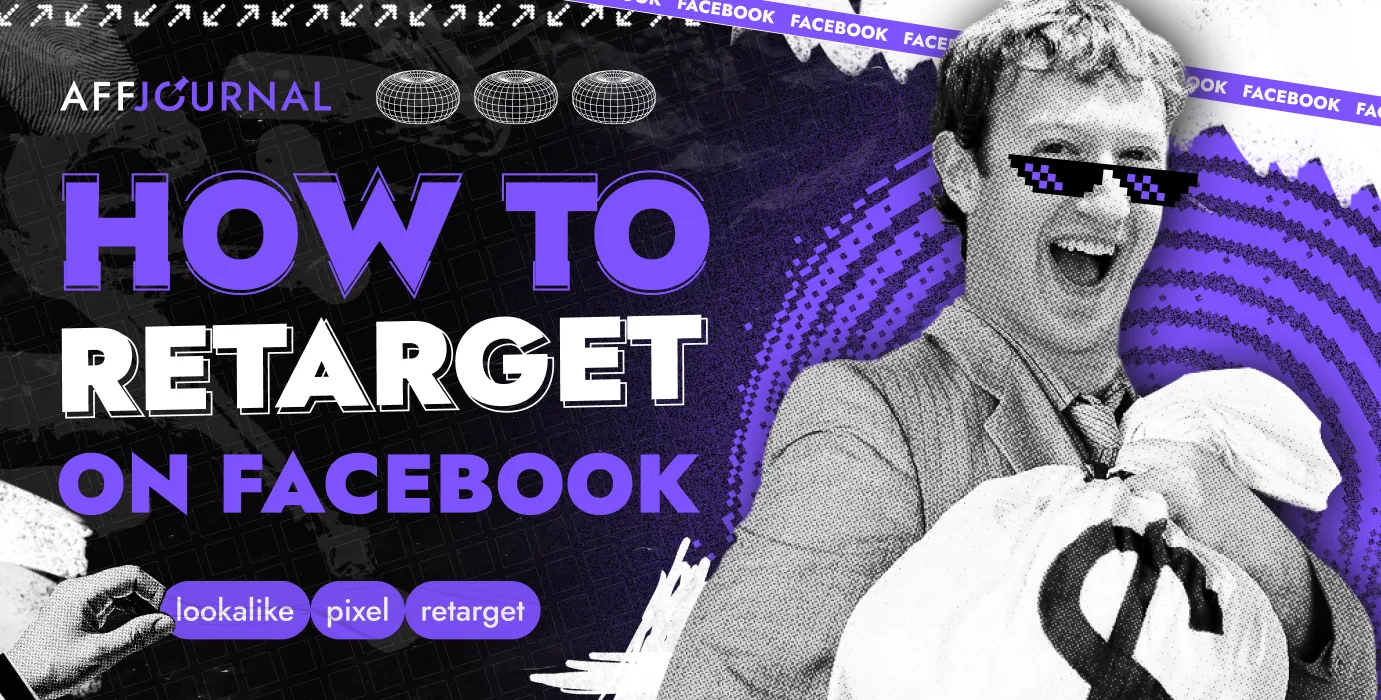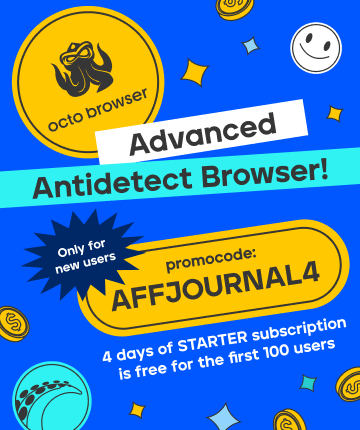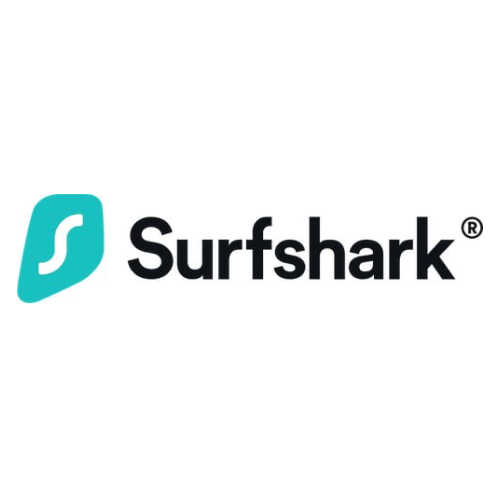

by Editor
Do visitors rarely make purchases when they first visit your website? And the last thing you want is for them to leave and never come back? This is where retargeting advertising on Facebook comes in, allowing you to re-engage people who have already visited your site or interacted with your ads in the past. That's what we're going to talk about today.
There is confusion surrounding remarketing and retargeting. These terms are often used interchangeably. However, understanding the differences is crucial:
- In the case of retargeting, paid advertising is used to re-engage the target audience that has already visited your website.
- On the other hand, remarketing targets the audience differently and uses email to re-engage people who have already made a purchase.
If you're wondering how to carry out retargeting on Facebook, below are some best practices you can use this year to achieve the best results.
How does the Facebook retargeting pixel work?
Facebook retargeting relies on a small piece of code – the Pixel. Essentially, the pixel is a tracking tool that gathers data about website visitors. After installing the pixel on the site, it continuously monitors visitor activity in the background. The pixel also collects detailed data about actions, such as which pages were viewed, which products were added to the cart, and any other activity.
The pixel can also identify visitors by their Facebook identifier. However, this occurs only if users log into Facebook in the same browser.
How to use this data? Firstly, you can create custom audiences. For example, create an audience of users who visited a specific product page, added it to the cart, and abandoned it. Then, you can create targeted ad campaigns specifically for these audiences. These ads will be shown to the selected audience when they use Facebook or Instagram.
Ultimately, the pixel also helps track conversions from your ads and optimize future advertising campaigns based on this data.
№1 Recover abandoned carts
The average cart abandonment rate is high, and it's increasing. Less than 25% of people who add your products to the cart proceed to checkout. People add items to the cart, get distracted, and don't complete the purchase. Retargeting is excellent for re-engaging customers with items in their cart. You can show them the products they were interested in and lure them back.
Featuring in the feed the product that a customer added to the cart yesterday is an excellent reminder for forgetful or distracted shoppers and the best retargeting strategy for bringing back potential buyers. You can go further by adding a discount or a limited-time offer for those who’ll return and make a purchase.
№2 Lookalike Audiences
The Facebook Pixel is excellent for collecting data about your website visitors and creating custom audiences. The pixel can track who and when someone visited a particular page, allowing for personalized advertising based on browsing behavior. However, if you don't have a significant volume of traffic, obtaining the data necessary for placing relevant retargeting ads can be challenging.
The Lookalike Audience feature will show retargeting ads to customers who are similar to those who have already visited your website. They are more likely to be interested in what you offer because they have similar occupations, live in the same area, or share the same interests as your actual customers. Synchronize your customer list, and Facebook will use this information to find other similar people to show ads to.
№3 Test high-value audience
High-value audiences are people who’ve already made purchases from you in the past or have engaged in active actions with your brand, such as contacting you, adding products to the cart, sharing posts, or leaving reviews.
These individuals are the easiest to re-engage using retargeting since they’ve already established significant contact with your brand. Therefore, they’re quite receptive to various ads and retargeting methods, so it's worth testing several different types, such as:
- Advertising aimed at increasing awareness.
- Product reminder advertising.
- Social proof advertising.
- Retargeting video ads on Facebook.
№4 Engagement-based retargeting
Instead of a broad approach, you can use engagement-based retargeting to narrow the targeting down to specific interactions. This method allows you to focus on users who have engaged with specific types of content.
These interactions can include: likes, comments, and shares. The idea is to find users who are interested in specific topics or types of content. For example, if someone commented on a post about a particular product, you can retarget them with ads providing more detailed information or exclusive offers related to that product.
The advantage of this strategy is that you are reaching out to an audience that has already demonstrated a certain level of engagement. Consequently, they are more likely to convert. The idea is to make retargeting more precise and tailored to individual interests.
№5 Share unique offers
Everyone likes to feel special. Therefore, strengthen relationships with existing customers and website visitors by sharing special offers, such as discounts, rewards for bringing in referrals, or gifts for those who return through retargeting. Do this only for those who’ve already visited your site. Otherwise, the intent behind the advertising loses its meaning.
№6 Retargeting video ads on Facebook
Facebook is among the leading platforms for video viewing. It’s expected that by the end of 2024, video will constitute 91% of all internet traffic. Video will become the most dominant form of content. Additionally, the likelihood of clicks on retargeting is 76% compared to traditional ads.
However, the best reason to launch retargeting video ads on Facebook lies in the nature of this platform's operation. Facebook aims to shield its users from ad bombardment. Therefore, developers strive for a pleasant user experience and limit the amount of advertising. At the same time, algorithms show users only relevant ads — you can ensure the relevance of your ads through retargeting video advertising.
№7 Maintain the sequence of advertising messages
It's important to provide customers with a consistent experience, which means that retargeting ads and their content should be cohesive. When a user clicks on your ad, where does he land? Does the page make sense, and does it reflect the message of the ad? The landing pages you direct buyers to should be highly relevant to the ad and branded with your colors and logos to inspire trust.
№8 Behavior-based targeting
Retargeting allows you to target customers who have taken an action on your site, whether it's visiting a specific page, subscribing to a newsletter, or making a purchase. You can take it a step further and target visitors based on a detailed analysis of their behavior, namely:
- Visitors who viewed the pricing page.
- Visitors who subscribed to the free newsletter.
- Visitors who used a specific device.
- Visitors who interacted with email campaigns through the Facebook retargeting list.
- Visitors who engaged with retargeting video ads.
The more detailed your target behavior, the easier it will be to create personalized retargeting ads aimed at conversion.
Something like that :)

by Editor



comments ....(0)
Leave a comment
You must be in to leave a comment